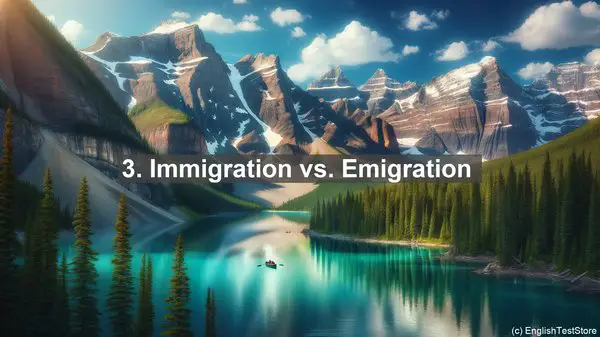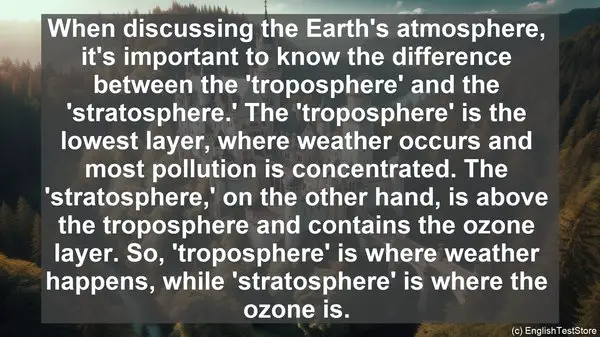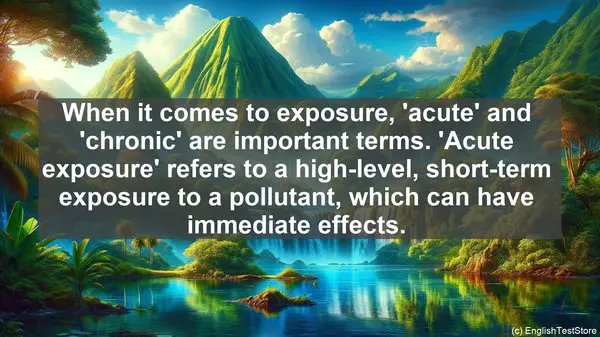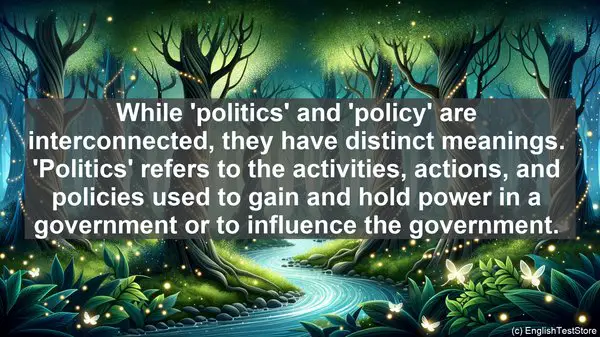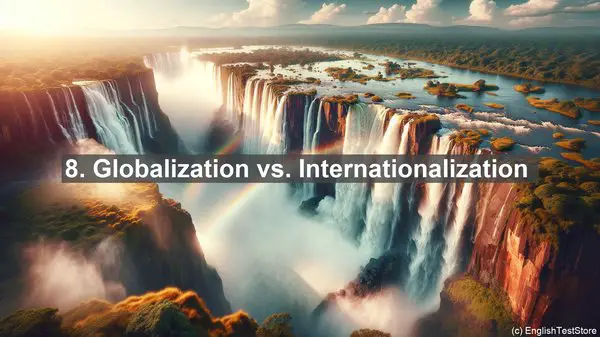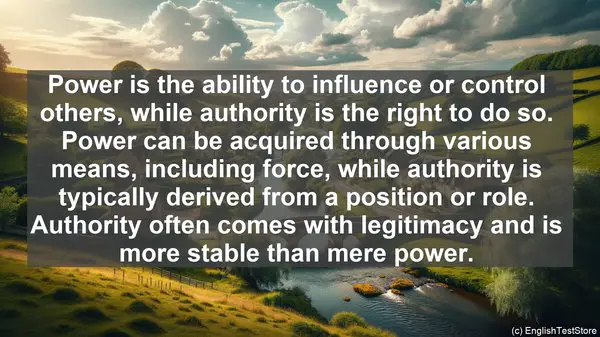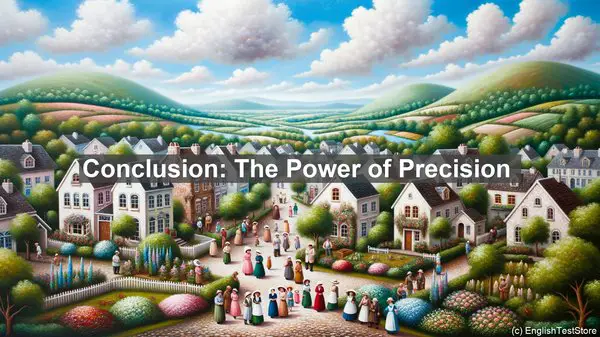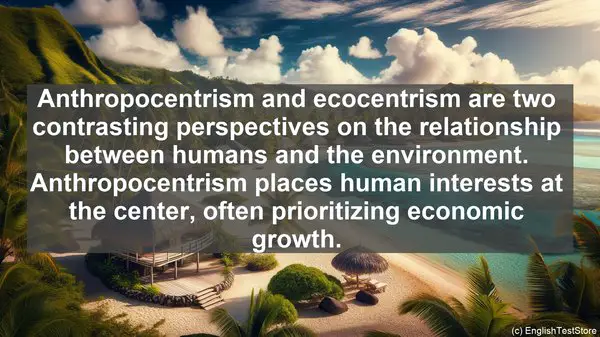Introduction
Welcome to today’s lesson on population dynamics. As you delve into this fascinating field, you’ll come across several terms that might seem similar but have distinct meanings. In this lesson, we’ll explore the top 10 commonly confused words in population dynamics, ensuring you have a solid foundation in the subject. So, let’s get started!
1. Population vs. Community
The terms ‘population’ and ‘community’ are often used interchangeably, but they refer to different aspects. A population consists of individuals of the same species in a particular area, while a community encompasses multiple populations of different species in that area. So, while a population focuses on one species, a community looks at the interactions between various species.
2. Natality vs. Fecundity
Natality and fecundity both relate to reproduction, but they have distinct meanings. Natality refers to the actual birth rate, the number of individuals born in a population over a specific time. On the other hand, fecundity represents the potential reproductive capacity of individuals. So, while natality measures the actual births, fecundity indicates the potential for reproduction.
3. Immigration vs. Emigration
When it comes to movement in populations, immigration and emigration are often confused. Immigration refers to individuals entering a population from outside, while emigration is the opposite, individuals leaving the population to go elsewhere. So, immigration is about coming in, and emigration is about going out.

4. Density vs. Dispersion
Density and dispersion both describe the spatial distribution of individuals in a population, but they focus on different aspects. Density refers to the number of individuals per unit area or volume, giving an overall picture of how crowded or sparse a population is. Dispersion, on the other hand, looks at the pattern of distribution, whether individuals are clumped, evenly spaced, or randomly arranged.
5. Carrying Capacity vs. Limiting Factors
Carrying capacity and limiting factors are crucial concepts in population dynamics. Carrying capacity refers to the maximum number of individuals an environment can sustainably support. It’s like the ‘ceiling’ for a population. Limiting factors, on the other hand, are the various factors, such as food availability, predation, or disease, that restrict population growth. So, carrying capacity is the maximum, while limiting factors are the factors that prevent a population from exceeding that maximum.
6. R vs. K Strategists
R and K strategists are two contrasting reproductive strategies in populations. R strategists, also known as ‘opportunists,’ have a high reproductive rate, producing many offspring. However, they provide minimal parental care, and their offspring often have a low survival rate. K strategists, on the other hand, have a low reproductive rate but invest heavily in parental care, resulting in higher offspring survival. So, R strategists are ‘quantity over quality,’ while K strategists are ‘quality over quantity.’
7. Survivorship vs. Mortality
Survivorship and mortality are related to the lifespan and death in populations. Survivorship refers to the probability of individuals in a population surviving to a particular age. It’s often represented graphically in survivorship curves. Mortality, on the other hand, is the death rate in a population. So, survivorship focuses on the living, while mortality looks at the deaths.

8. Exponential Growth vs. Logistic Growth
Exponential growth and logistic growth are two patterns of population growth. Exponential growth occurs when a population multiplies at a constant rate, resulting in a J-shaped curve. However, as resources become limited, growth slows, leading to logistic growth, which forms an S-shaped curve. So, exponential growth is rapid, while logistic growth eventually levels off.
9. Intraspecific vs. Interspecific Competition
Competition is a significant ecological interaction. Intraspecific competition refers to competition between individuals of the same species, often for resources like food or mates. Interspecific competition, on the other hand, is competition between individuals of different species. So, intraspecific competition is within the same species, while interspecific competition is between different species.
10. Endemic vs. Exotic Species
Endemic and exotic species are terms used to describe the distribution of species. Endemic species are native to a particular geographic region and are found only there. They have adapted to that specific environment over time. Exotic species, on the other hand, are introduced to a new region, either intentionally or accidentally. They are not native and can sometimes have detrimental effects on the ecosystem. So, endemic species are ‘homegrown,’ while exotic species are ‘foreign.’

